Passage from Saffron Dreams, relevant to current times:
The ringing of the phone broke through the silence at the dinner table. I had had enough of answering pestering reporters and funneling my way in and out of the building through them. They were all looking for one story because they had beaten the rest to a pulp. Muslim harmed by Muslim, how do you react?
How do you?
I hadn’t even decided in my mind how to answer that. Our commonness didn’t make a good enough story. Like a sack of potatoes, we are all lumped together. Incessantly. Insistently. Now that makes a good story. What was it the reporter from the Observer had said over the phone? He seemed nice at first, and I was amicable, offering all the answers he needed. About our lives, Faizan, his work at the restaurant, the enormity of my loss. And then the inevitable question came.
“Mrs. Illahi, being a Muslim, how does it feel to be attacked by your own people?”
If he were there in person, I probably would’ve clubbed him with the phone. Instead I inhaled deeply and formed a thought: I don’t know, Mr. Cloomin. Have you ever been in a similar situation? My voice had a sullen, monotone quality when I finally responded.
“They are not my people.”
“They have the same religion as you.”
No, they don’t. They don’t have a religion.
“Did you lose anyone in the events of 9/11, Mr. Cloomin?” I finally asked. My voice was trembling but icy.
“No, ma’am,” he answered. “I’m from New Jersey. Most of my family lives and works there. I was most fortunate.”
“So in the aftermath, you have not been on all fours at Ground Zero, looking through debris for a sign of your loved one.” I held on to my tears. I did not want to let on how fragile my world really was. “Examining fingers? Toes? Recalling from memory what your loved one’s limbs looked like?”
Ma gasped across the room, and I looked at her sharply. Don’t cry now. Not now, my stern eyes told her. I turned back to the phone. When I continued, my voice shook from rage.
“When you put all your potatoes in a sack, you should know they all have unique flavors. Some are rotten, some fresh. Just because they are clumped together doesn’t make them all the same.”
There was a shocked silence at the other end of the phone. The bitter pill of reality seemed hard for him to swallow.
“They are not my people, but I don’t think you are smart enough to figure that out.”





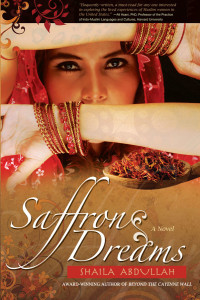 I came across this insightful review of Saffron Dreams from 2010 which I feel is pertinent to read in today’s political climate.
I came across this insightful review of Saffron Dreams from 2010 which I feel is pertinent to read in today’s political climate.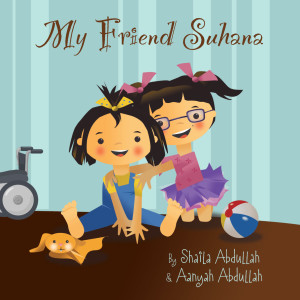
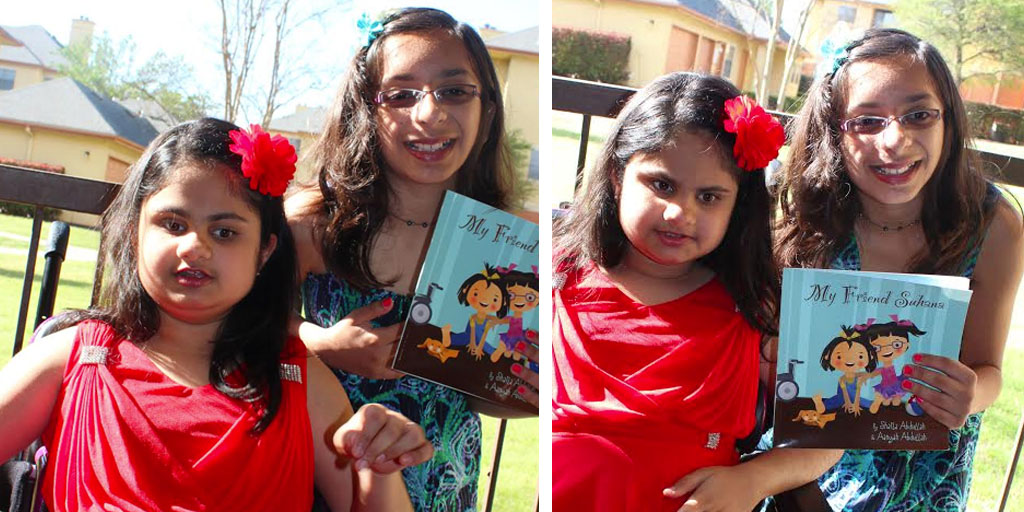
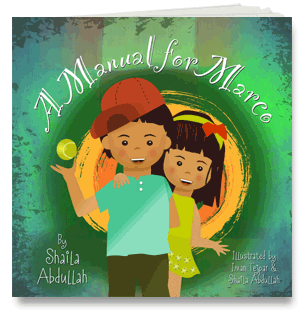
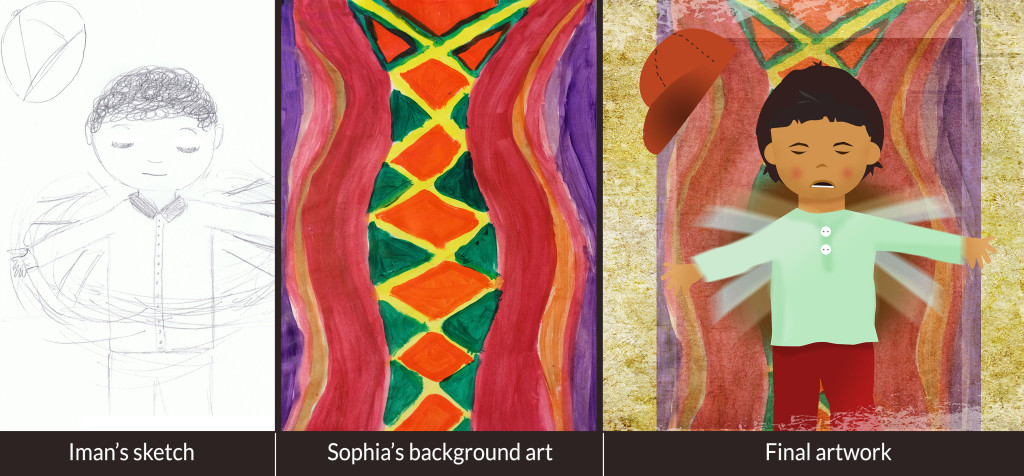
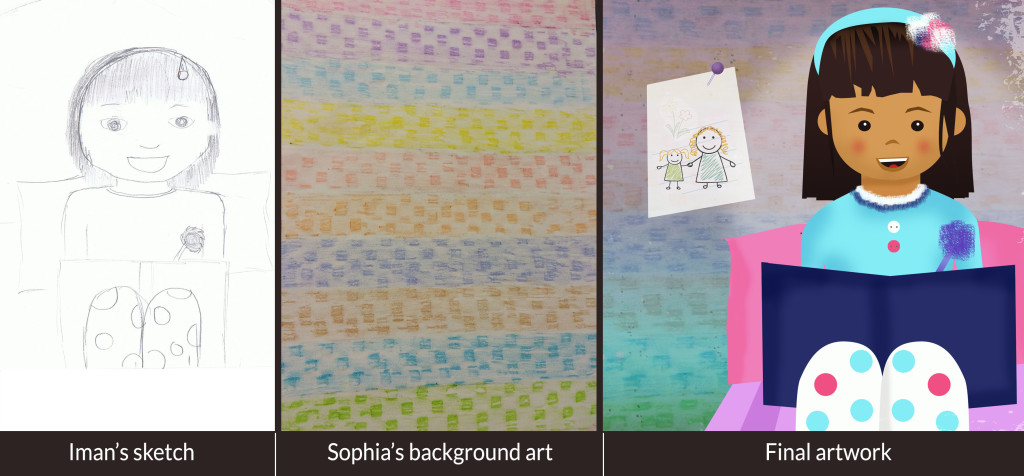
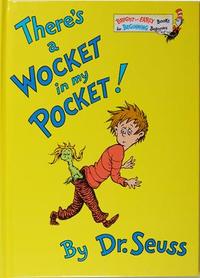 1. There’s a Wocket in My Pocket by Dr. Seuss
1. There’s a Wocket in My Pocket by Dr. Seuss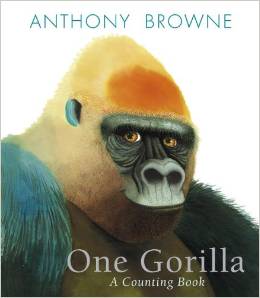
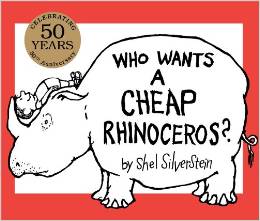
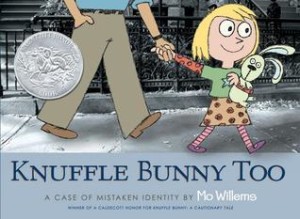
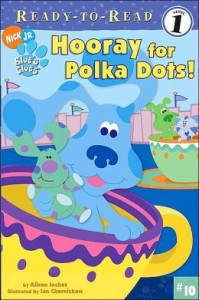
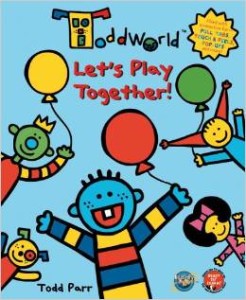
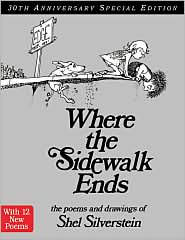


 10. Silly Willy
10. Silly Willy 
